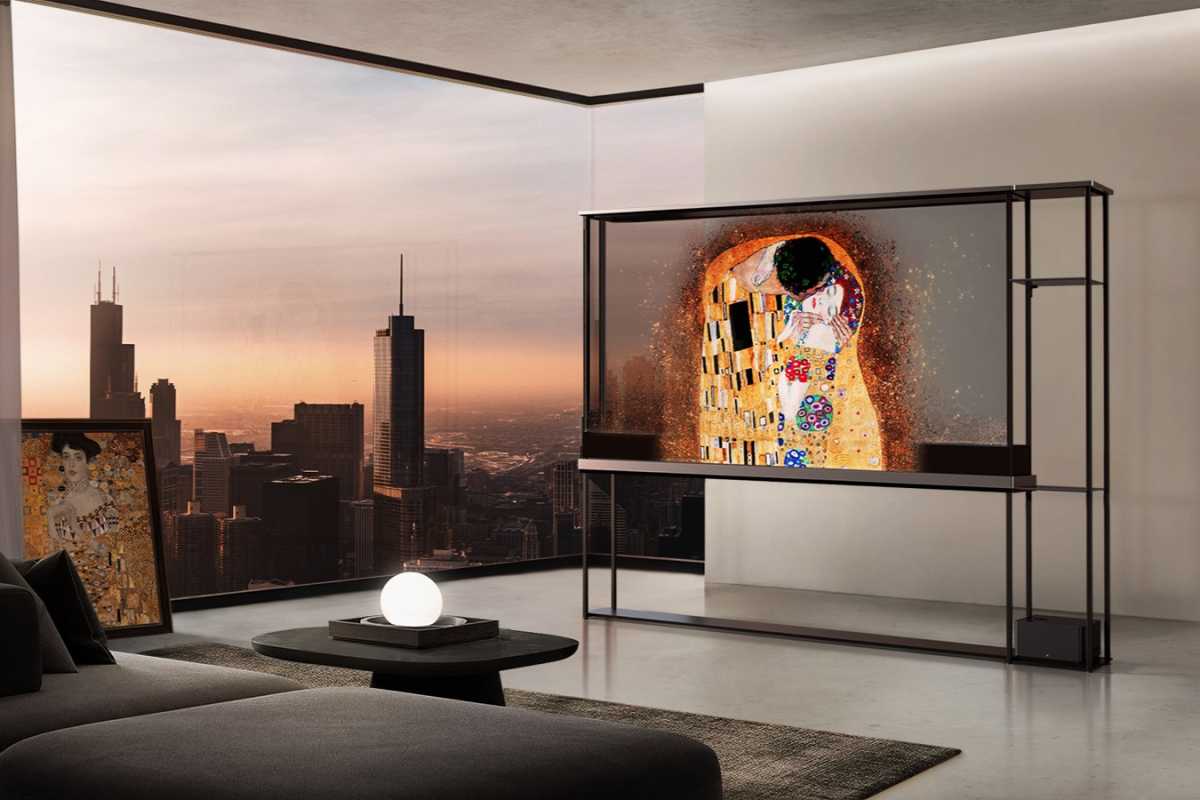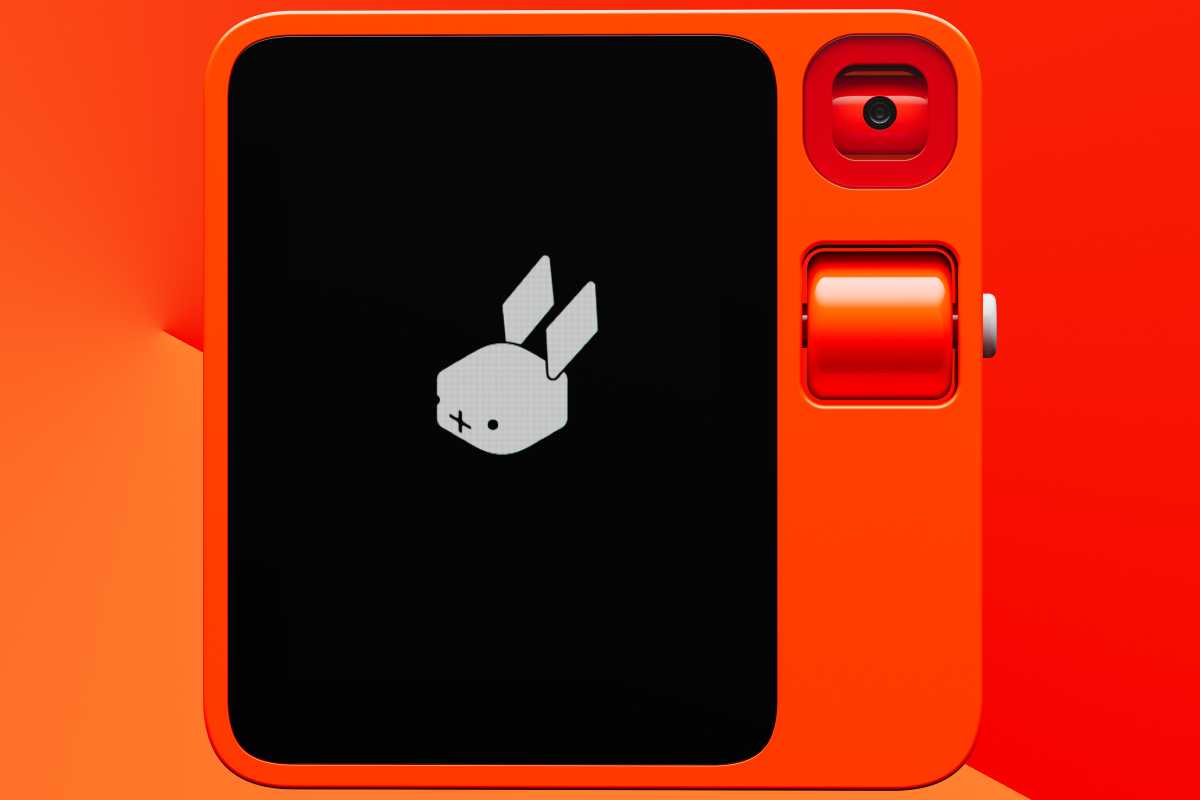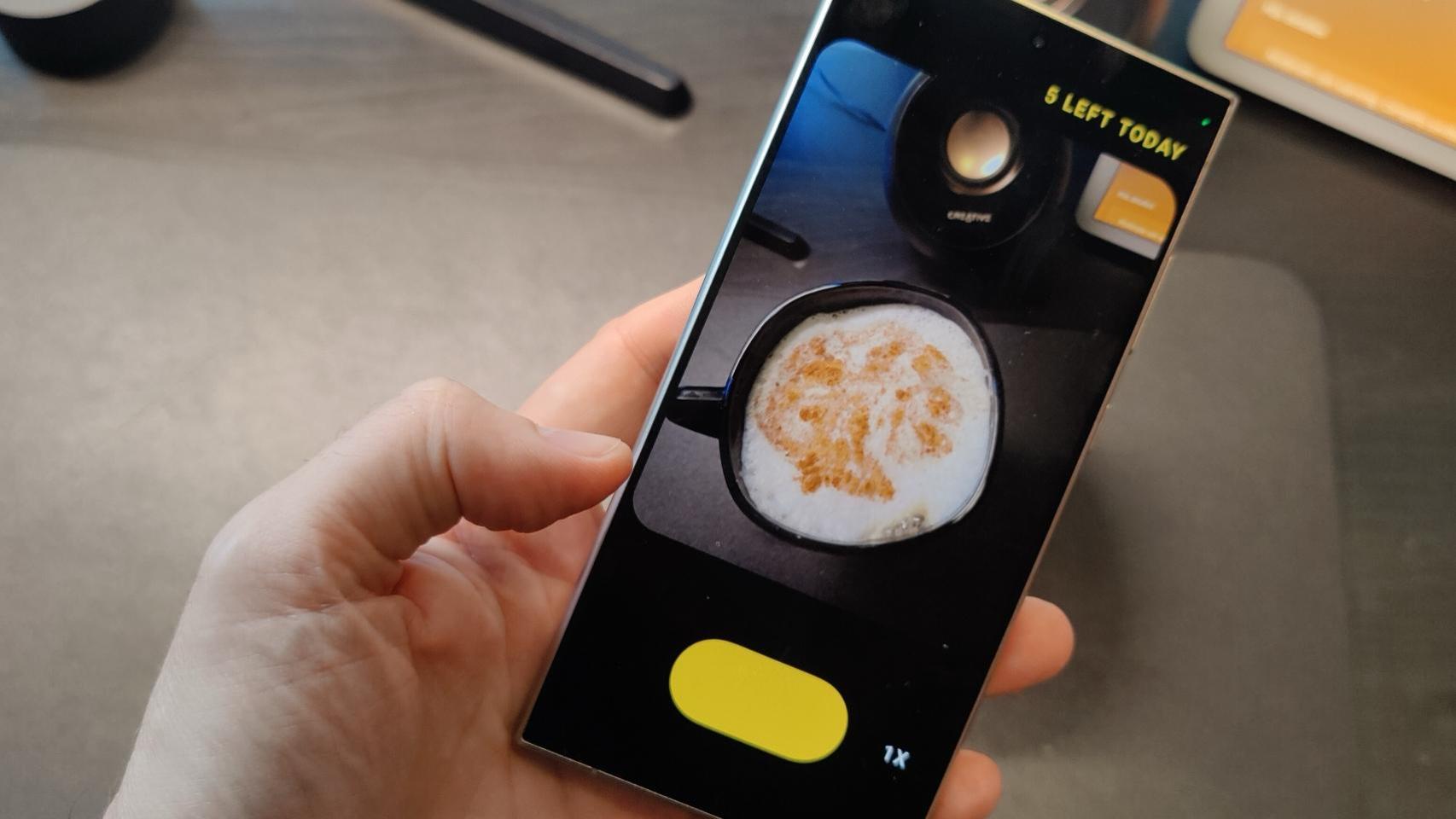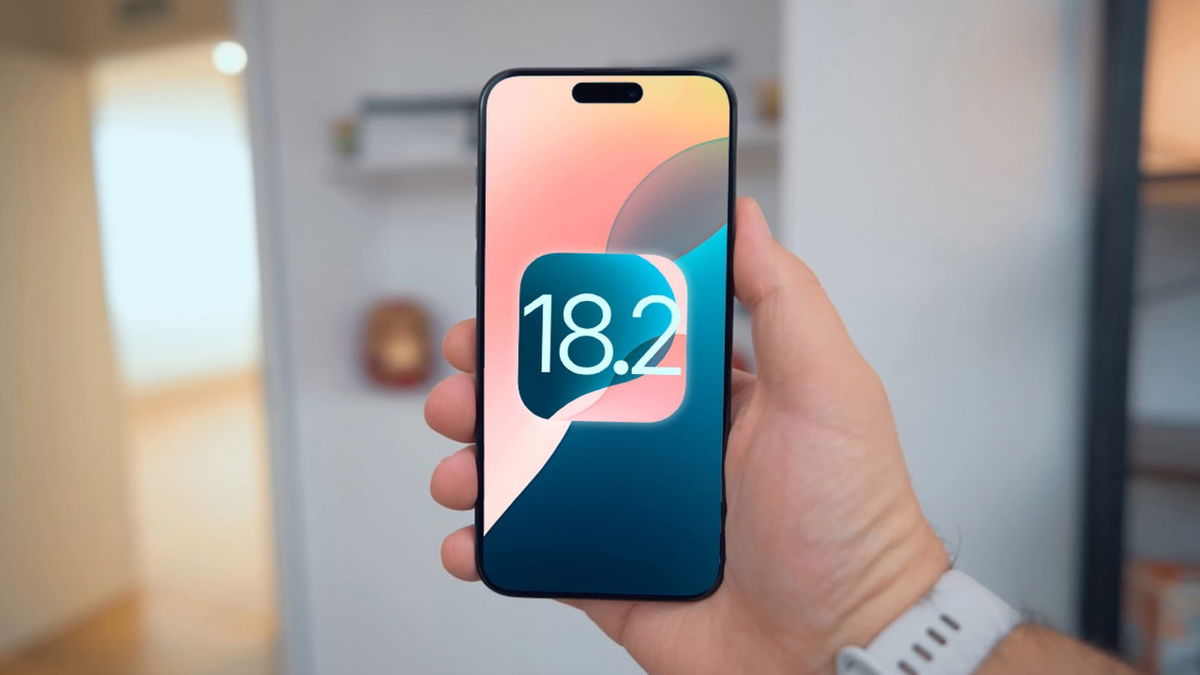We get it: The Consumer Electronics Show (CES) can be very boring if you’re an Apple fan. Aside from a few new cases, a crazy accessory or two, and the occasional gadget that works with the iPhone, most of the announced products have little impact on the Apple ecosystem, and for the most part, this year hasn’t. exception. But a few announcements caught our attention.
Qi2
When it was announced last year that Apple had shared its MagSafe technology with the Wireless Power Consortium, we eagerly awaited the arrival of the first Qi2 chargers. Now they’re here and bringing everything we hoped for: 15W MagSafe speeds in a variety of stands and docks at prices cheaper than MagSafe.
AR/VR headsets
Apple stole a bit of the spotlight at CES by announcing that Vision Pro would go on sale next week, but Apple’s new headset was already a big part of the show. Several companies had Vision Pro competitors lined up to show up, hoping to generate buzz before Apple’s next-generation device hits shelves. If CES is any indication, Vision Pro is already making an impact on the landscape as companies strive to deliver a product that can rival Apple’s cutting-edge specs.
Sony announced a new Spatial content creation system which includes “an XR head-mounted display equipped with high-quality 4K OLED microdisplays and video transparency, as well as a pair of controllers optimized for intuitive interaction with 3D objects and precise pointing.” The company hasn’t shared a ton of information about the device (including the name and price), but it looks like a real Vision Pro competitor.
THE Pimax Crystal The headset didn’t debut at CES, but the show was the first U.S. showcase for the $1,599 device, which features two 5K QLED mini-LED “advanced aspherical glass lenses.” It received a CES 2024 Innovation Award for the highest amount of pixels for any consumer VR headset, but it lags behind Vision Pro in a few key areas, including eye tracking and passthrough mode.
Asus’ 1080p OLED glasses are bulky and a bit wonky, but the company is clearly trying to capitalize on Vision Pro with the name, Air Vision M1which is basically a Mad Libs of Apple names.

LG’s transparent OLED TV is a sight to behold.
LG
Transparent TVs
CES is often a showcase for the next generation of TV technology, and this year it was transparency. Several companies, including LG and Samsung, are introducing TVs that project images onto giant sheets of glass that let you see what’s behind them. They’re quite stunning to look at, if not a little impractical, especially if your TV is pushed against a wall with a mess of wires behind it. But it would be amazing in a future iPhone or iPad.
OLED
OLED isn’t new, but at CES OLED screens were everywhere. From the aforementioned transparent TVs to dual-screen laptops to foldable portable displays to dual-quad ultrawide HD displays, you can’t turn around and not see an OLED display at CES as the technology continues to become cheaper and more versatile. This likely means that the rumors about Apple bringing screen technology to the iPad Pro and MacBooks are probably true. And that probably also means there are even more OLED products in development, like a foldable iPhone and HomePod.

Rabbit
Rabbit R1
Every CES has a gadget that gets people talking, and this year it’s the Rabbit R1. A $199 personal “companion” device with a retro design and futuristic feel, the R1 is one of those gadgets that combines form and function in a fun package with perfect timing. At the heart, of course, is AI, with Rabbit using a large action model to provide visible information (weather, ridesharing, turn-by-step directions, music, shopping, etc.) without needing to unlock your phone or unlock your phone. launch an application.
While there will surely be a fair number of Apple fans among Rabbit’s early adopters, it’s not the device itself that intrigues us as much as its implications. Assuming Rabbit works as advertised, it’s a glimpse of a world where AI moves out of our iPhones and onto our Apple Watches or Vision Pros. Apple is expected to launch a major AI initiative this year at WWDC, and the type of functionality introduced by the Rabbit R1 could start to become much more common.
Table of Contents








